
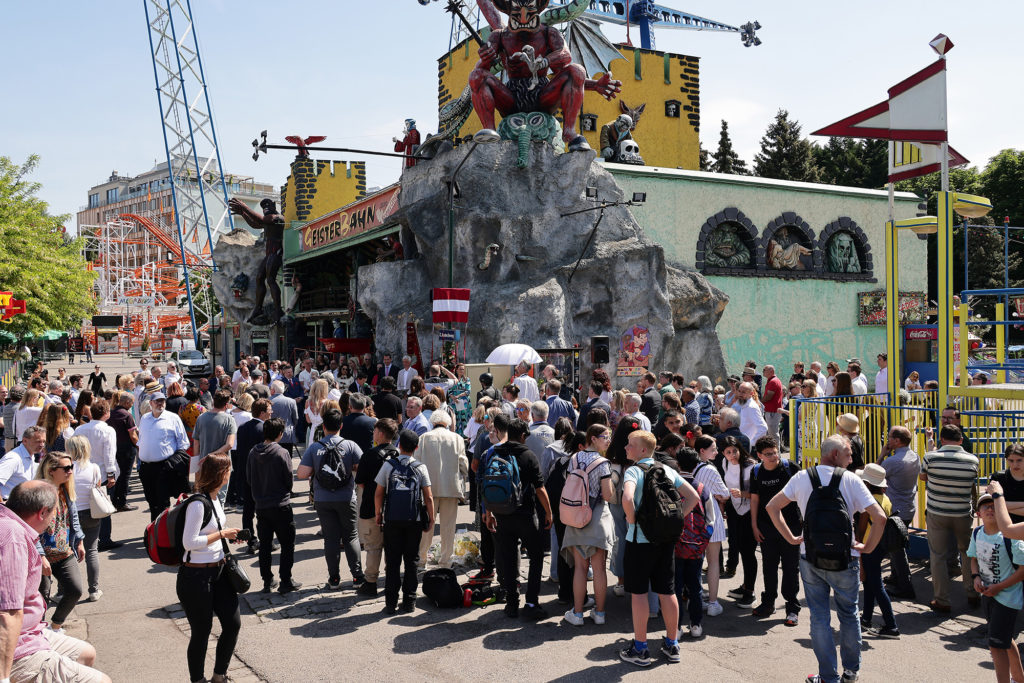
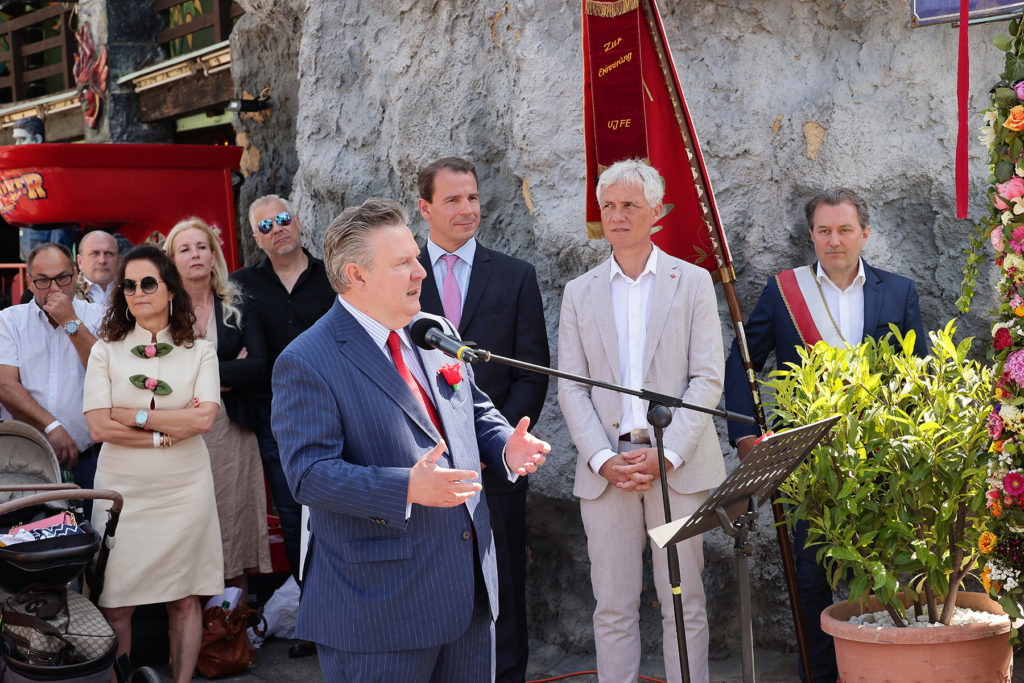

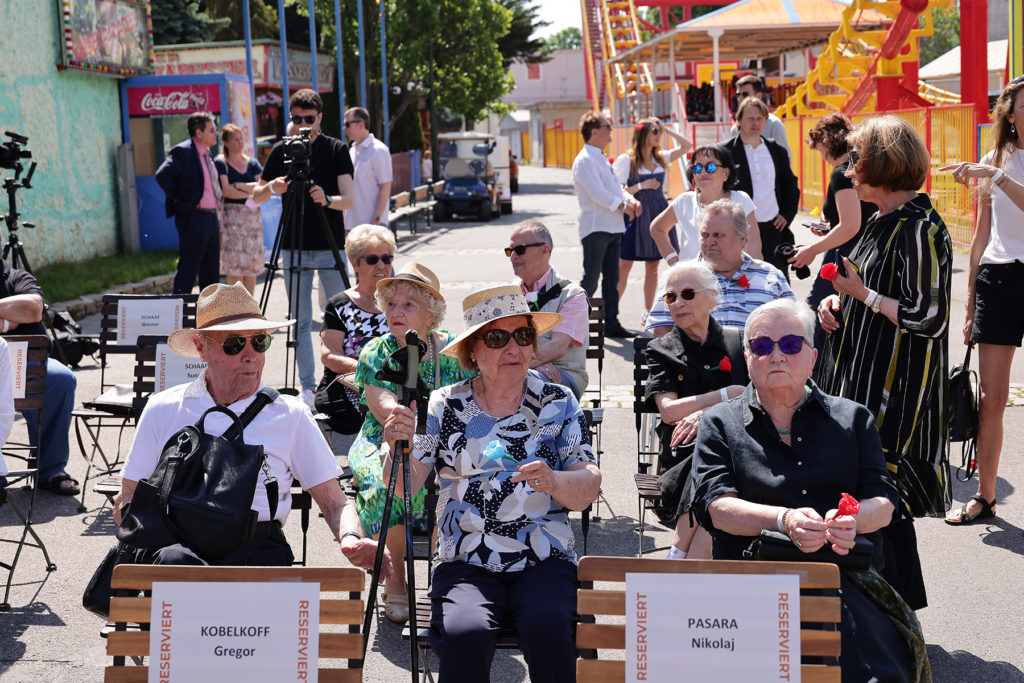
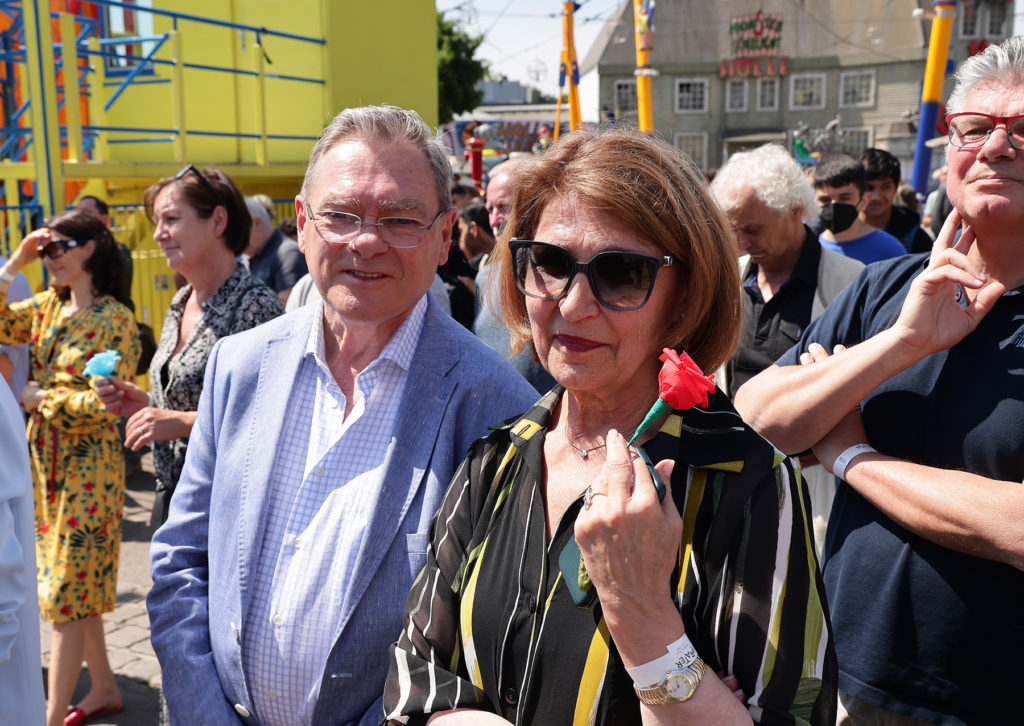
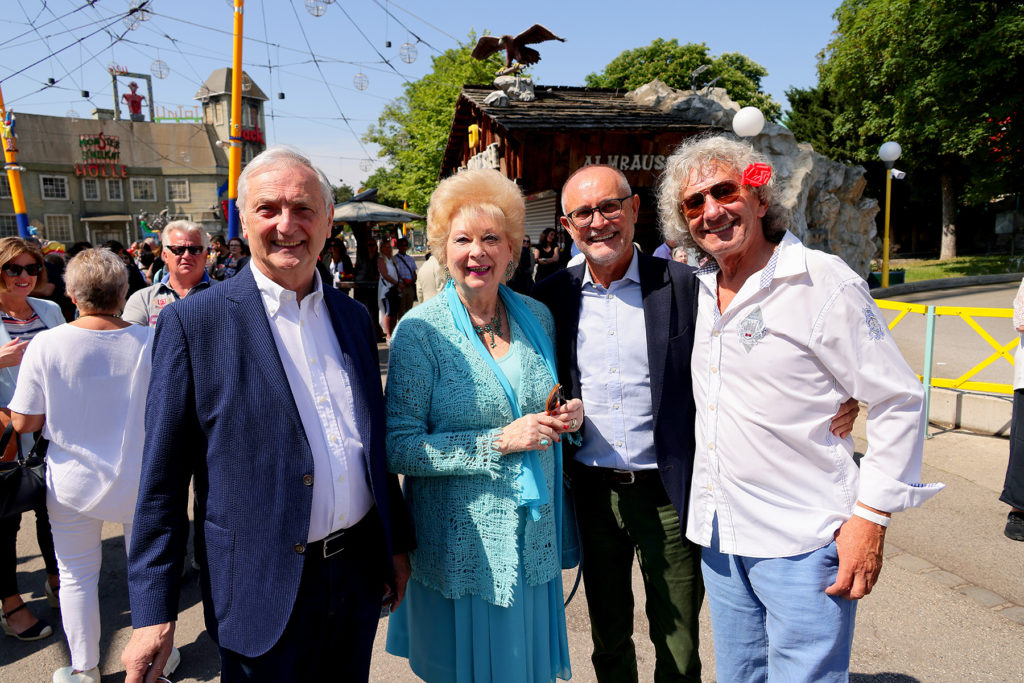
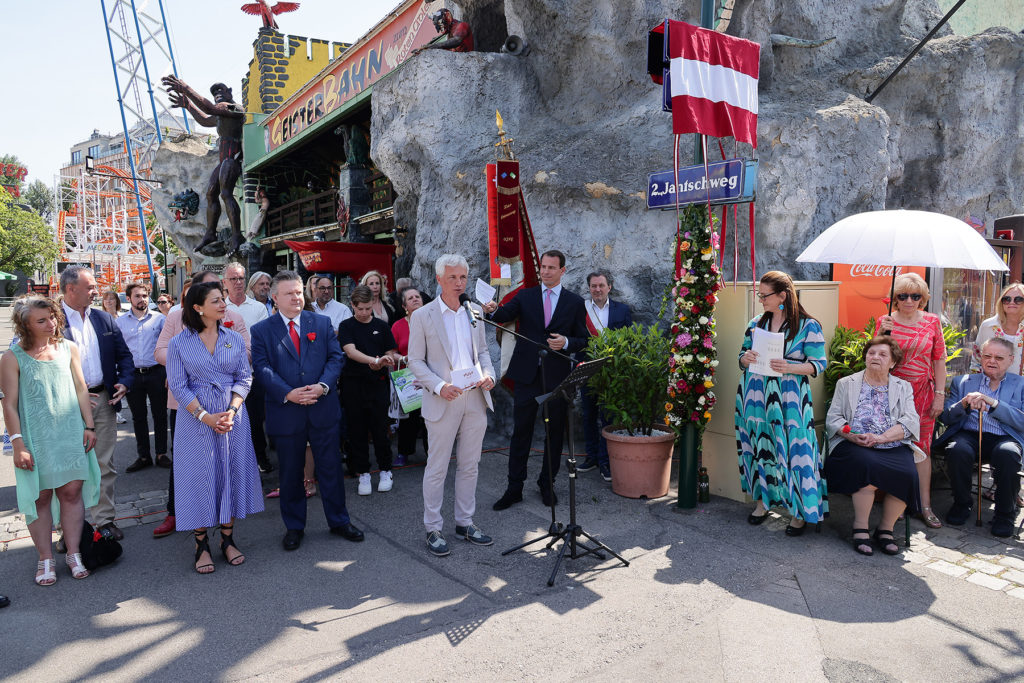
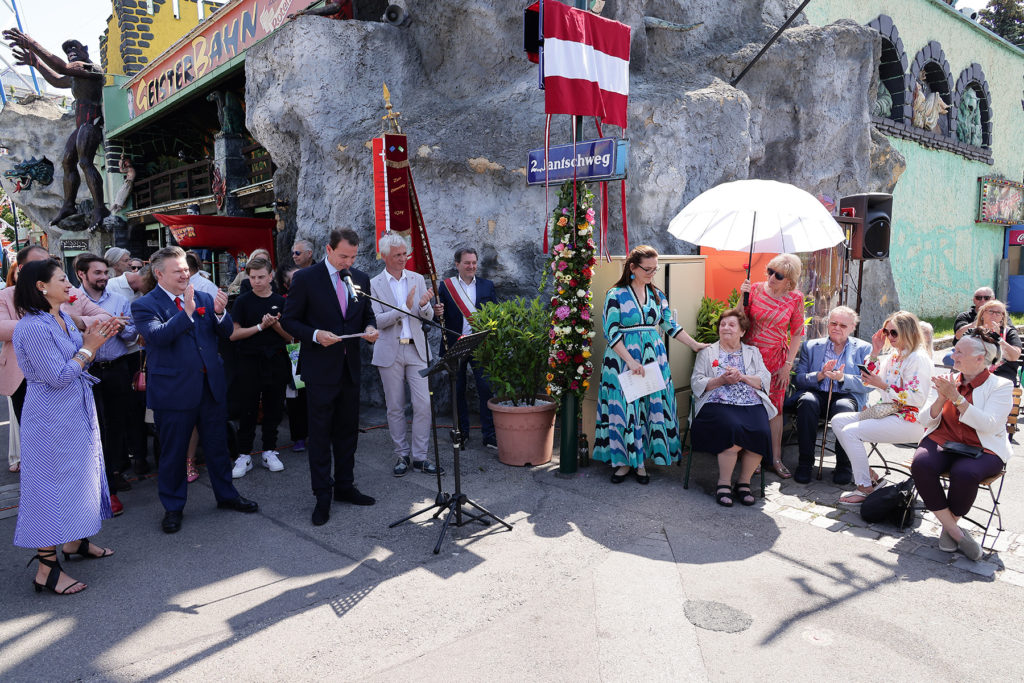

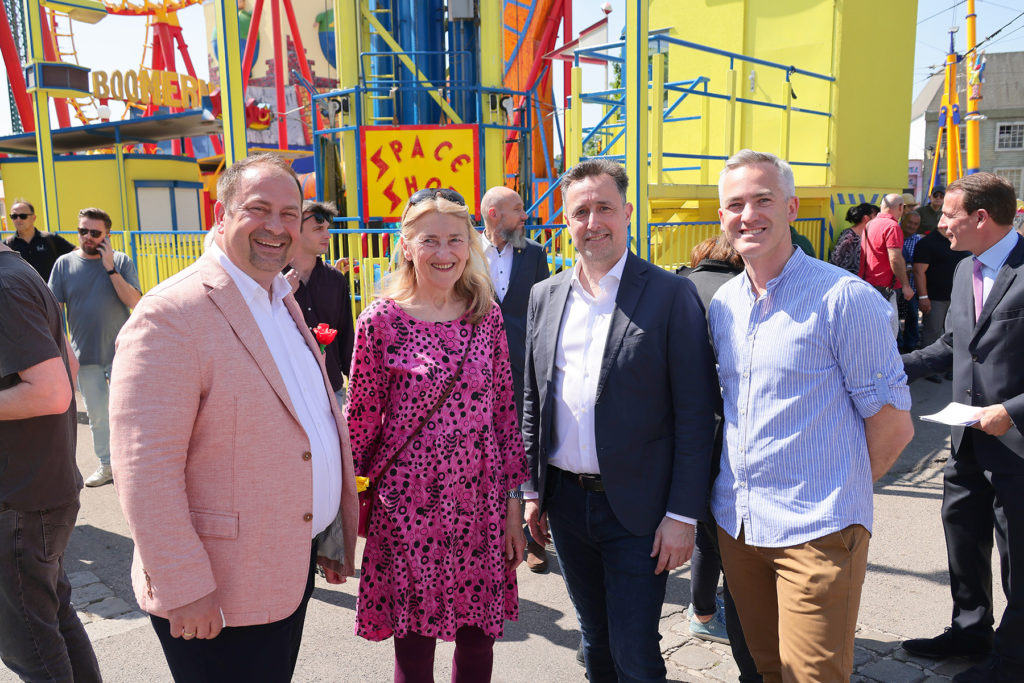
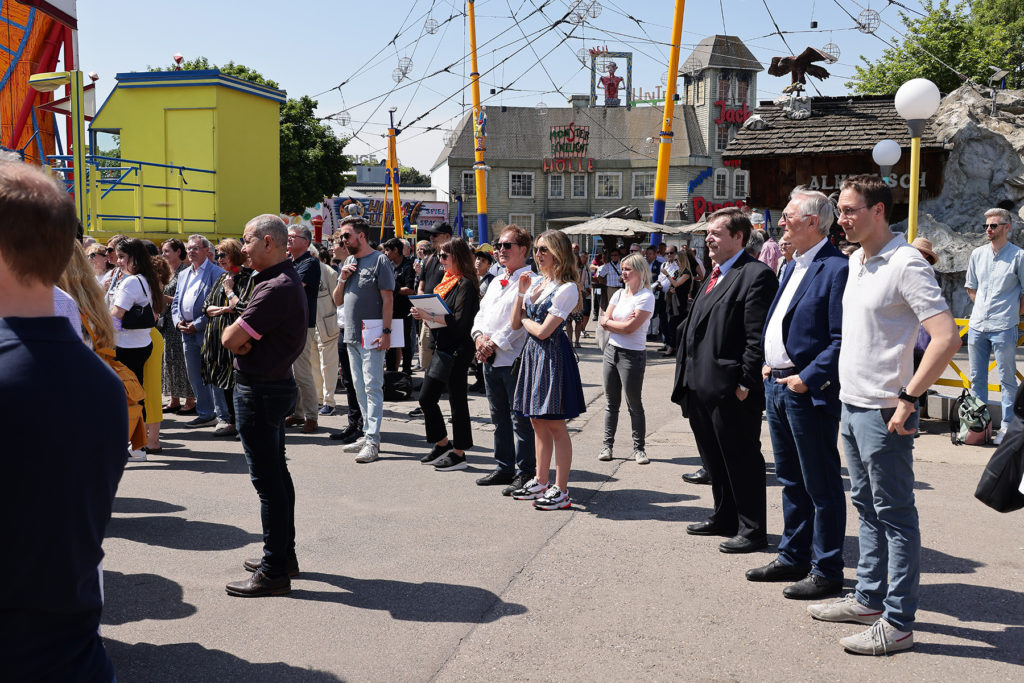
The Two Newcomers in Prater
Perhaps you have already noticed the street names in the Wurstelprater. Many of the streets are dedicated to Prater pioneers who have shaped the Wurstelprater in different ways through their work and life. Last Monday, on May 16th, 2022, two new street names were revealed: Schaafweg and Nikolai-Kobelkoff-Weg.
A Solemn Unveiling
"It's worth living for moments like this," says Liselotte Lang, the 94-year-old great-granddaughter of August Schaaf and Nikolai Kobelkoff. To celebrate the day, Vienna's Mayor Michael Ludwig and City Councilor for Culture Veronica Kaup-Hasler stopped by, actively helped with the unveiling and also brought along some nice words for the Wurstelprater and its legends.
“The Prater businesses with their constant new attractions keep the Prater alive. To this day, the Wurstelprater is owned by companies that can look back on a long family history. I am very pleased that the services of the Schaaf and Kobelkoff families are being honored with the newly named paths," said Mayor Ludwig.
As Prater dynasties, the Schaaf and Kobelkoff families were innovative, technically state-of-the-art and created new perspectives with their achievements.
.
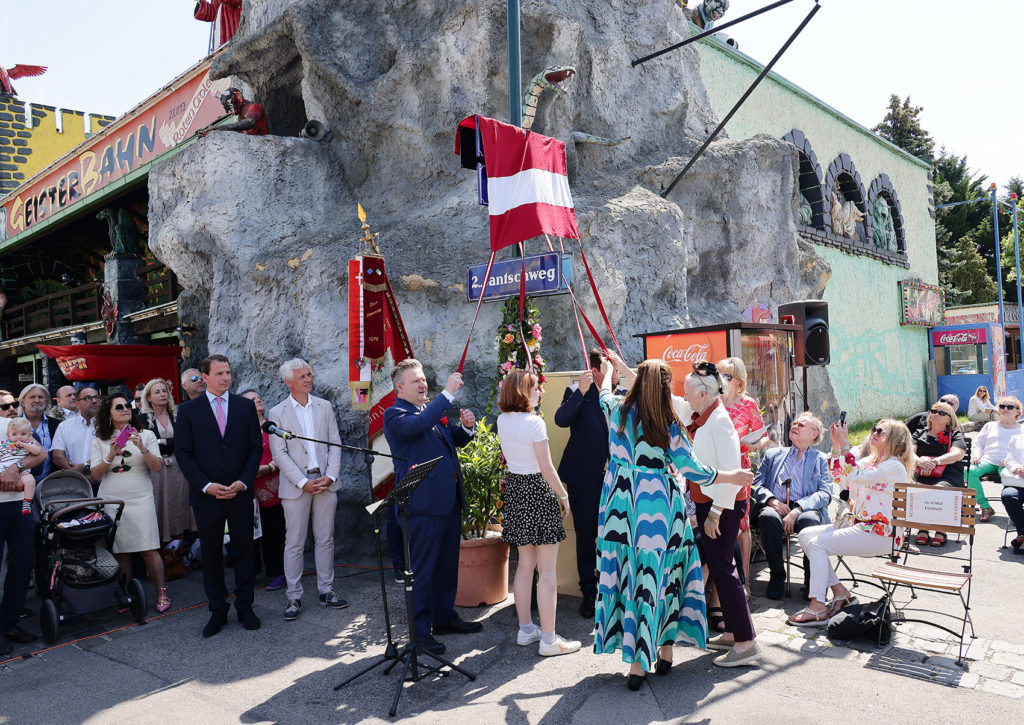
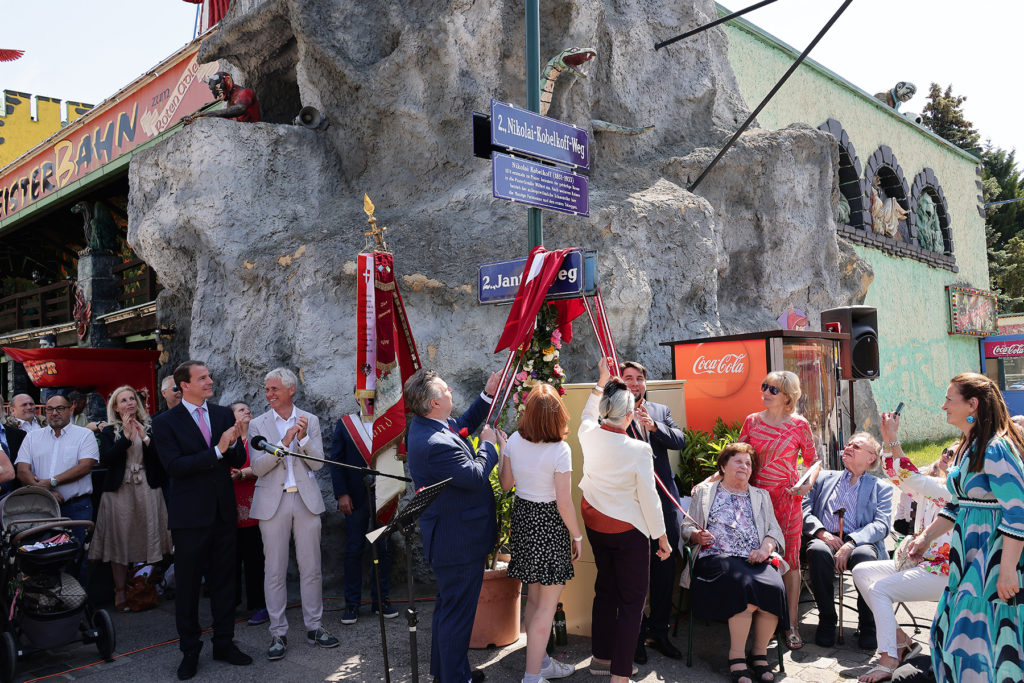

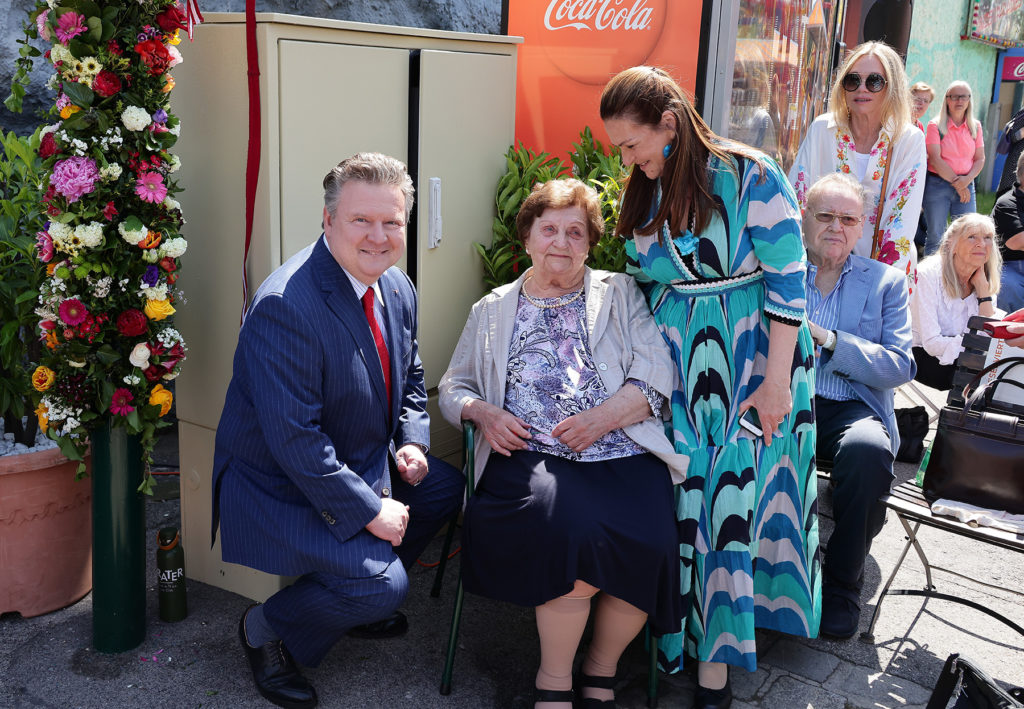
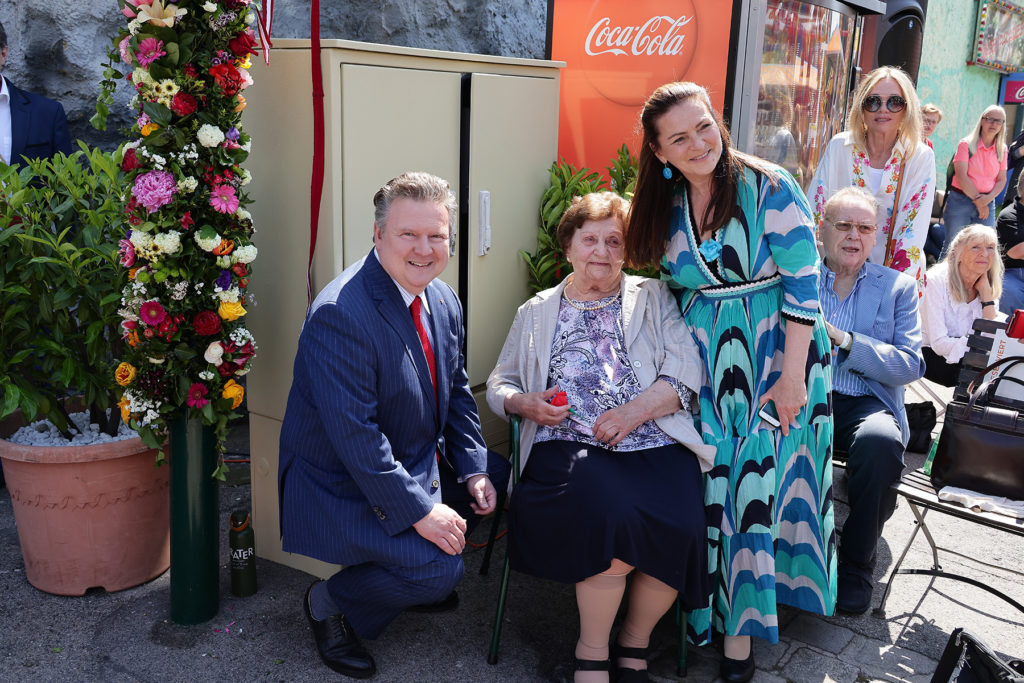
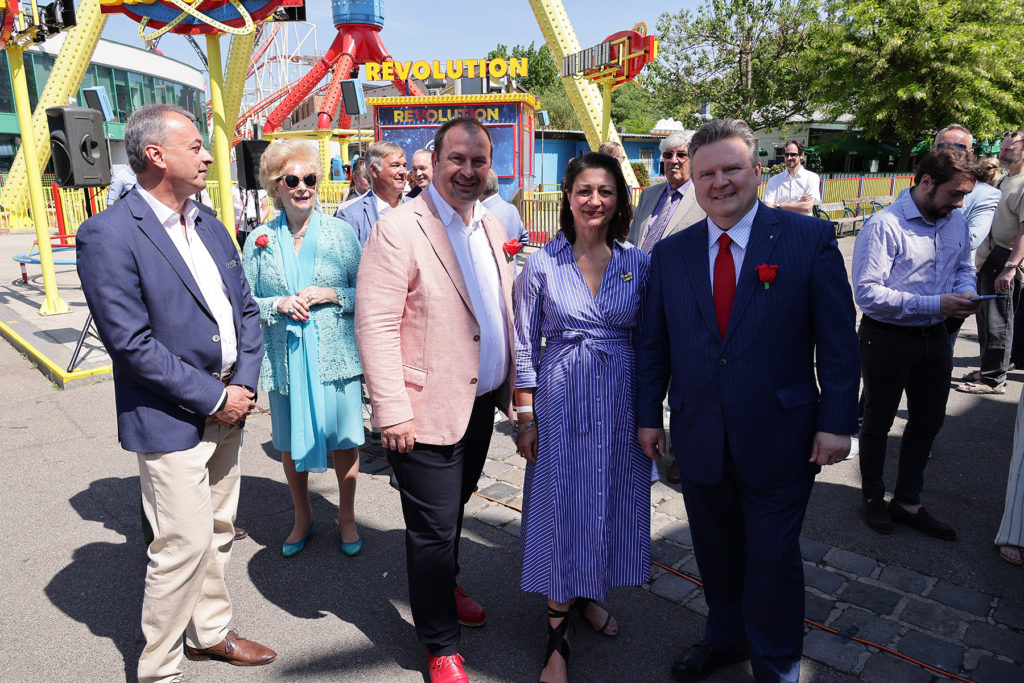
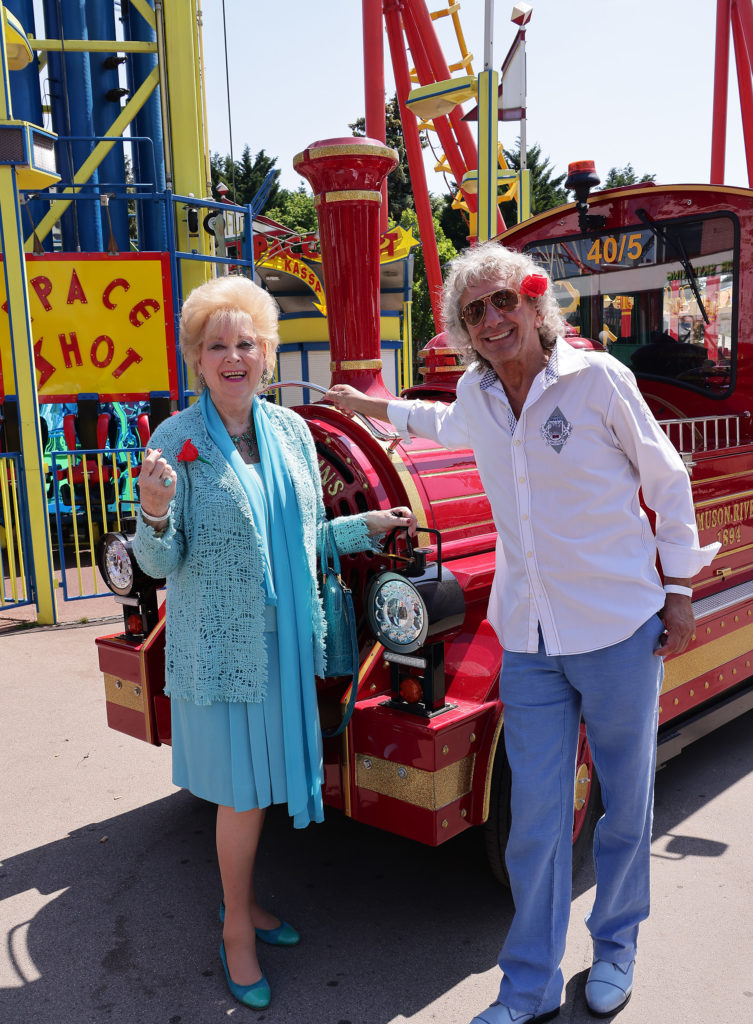
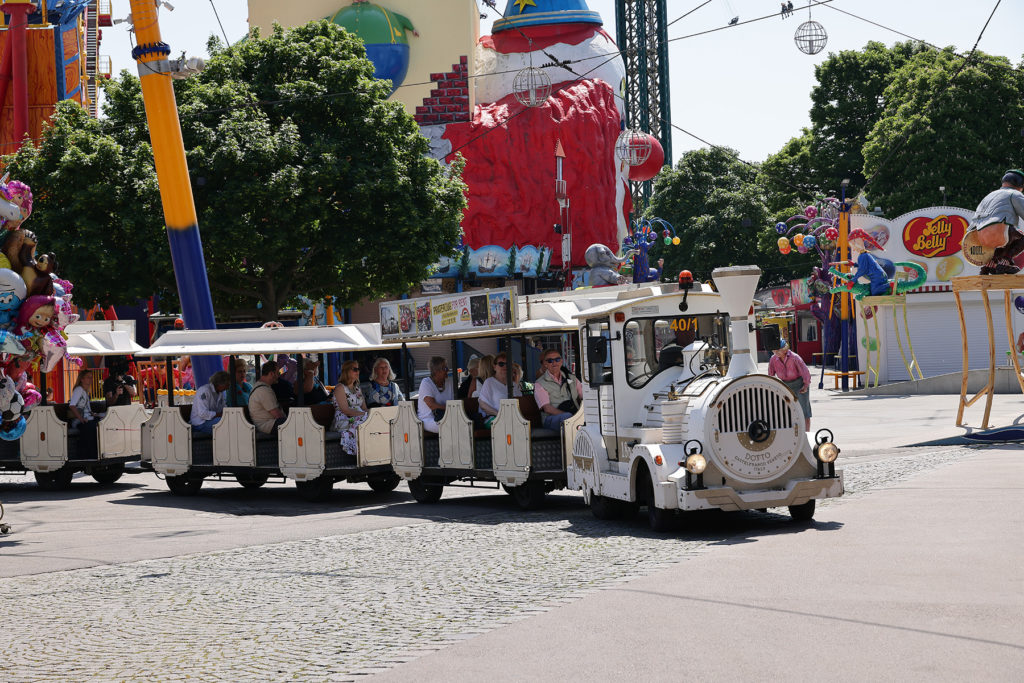
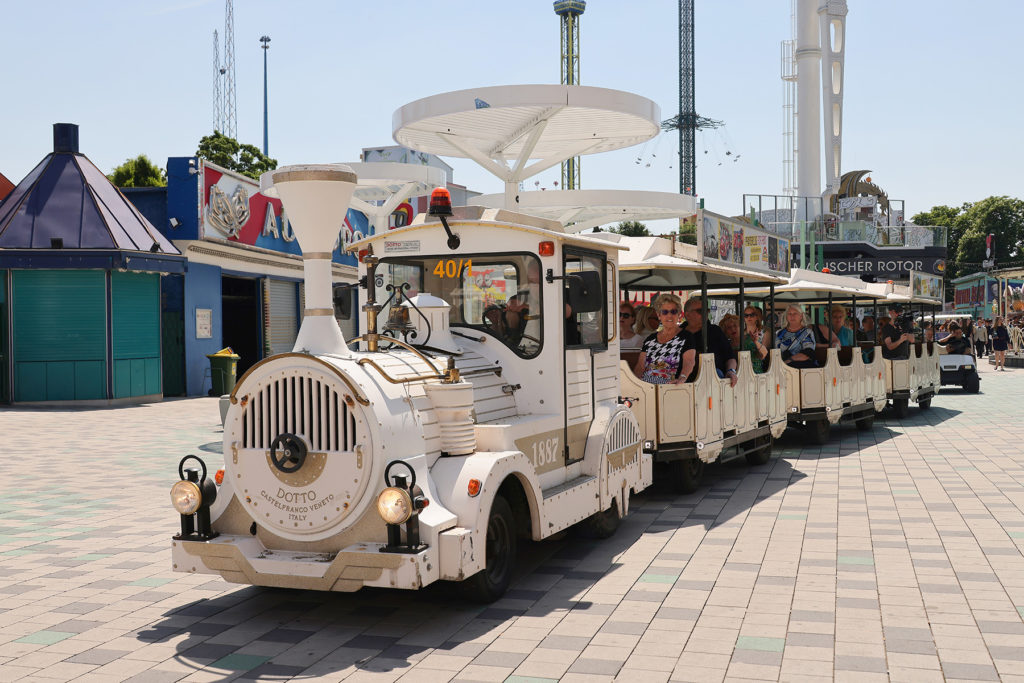

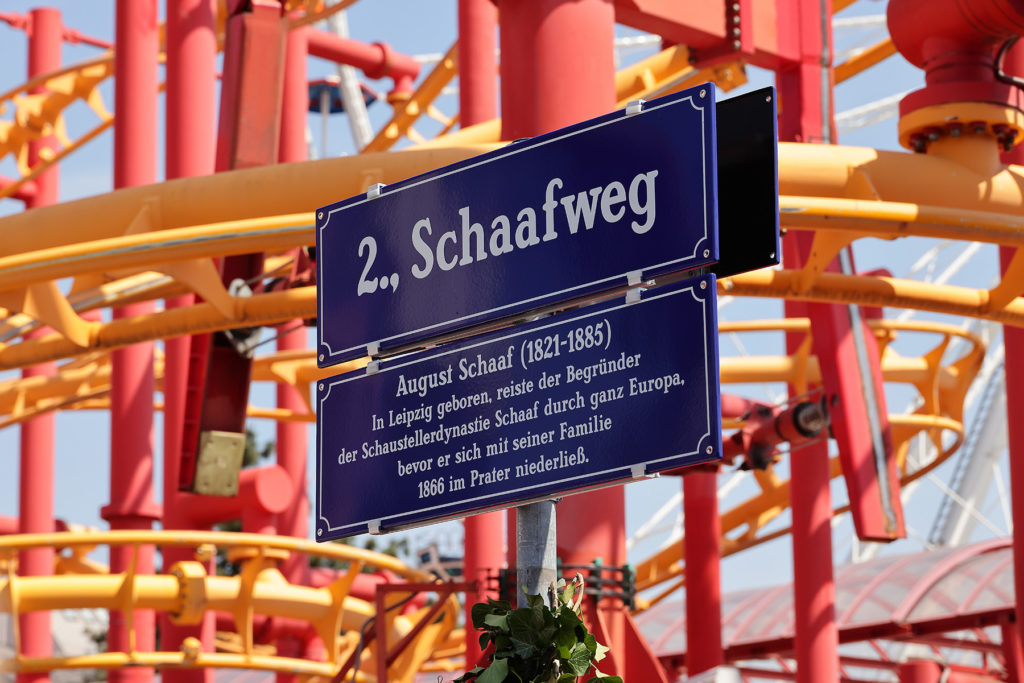
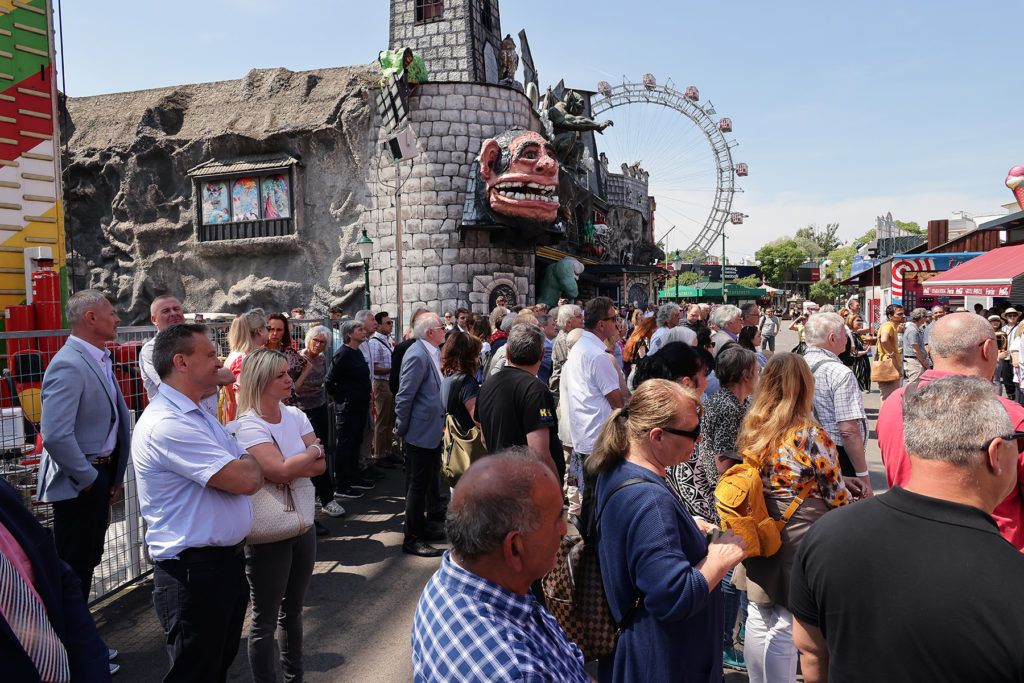
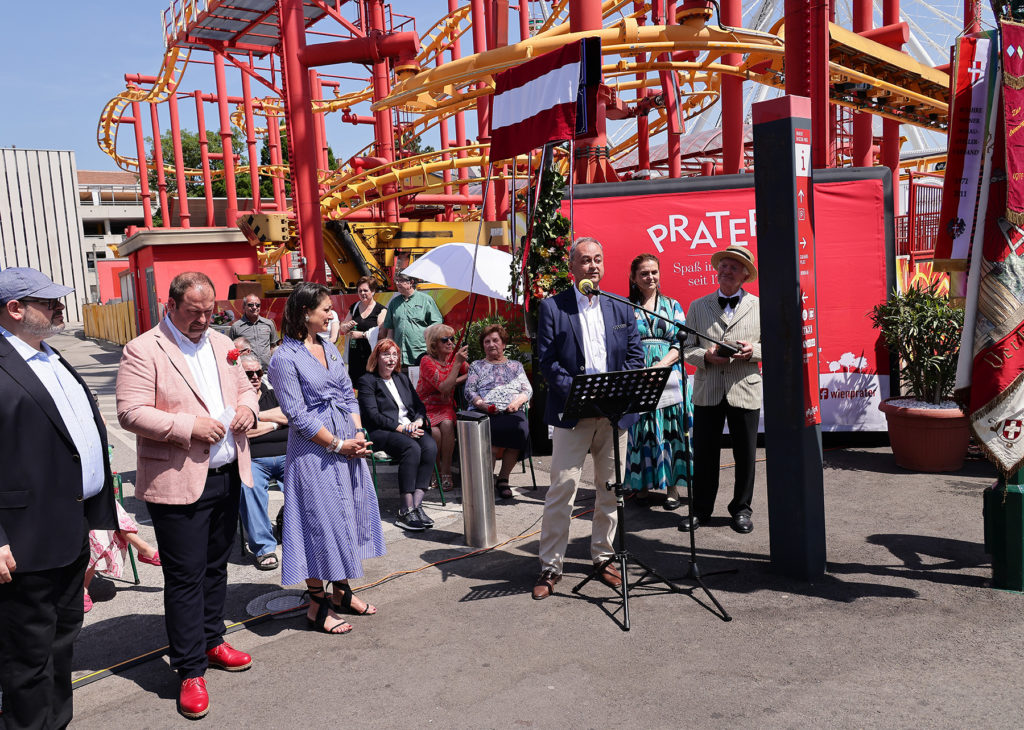
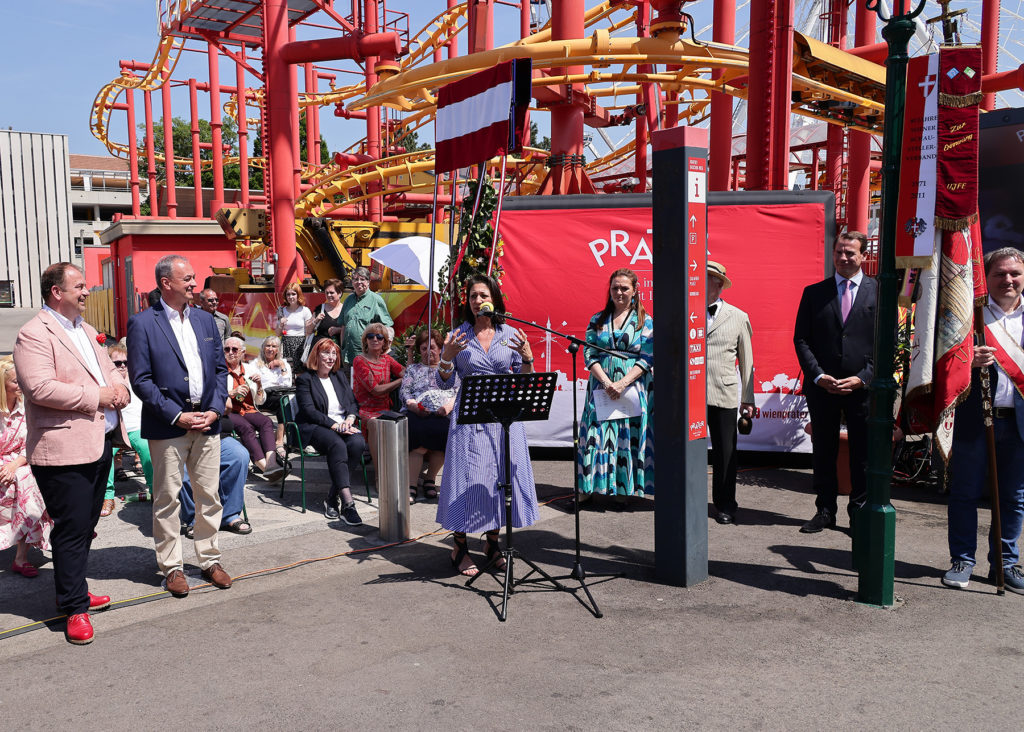
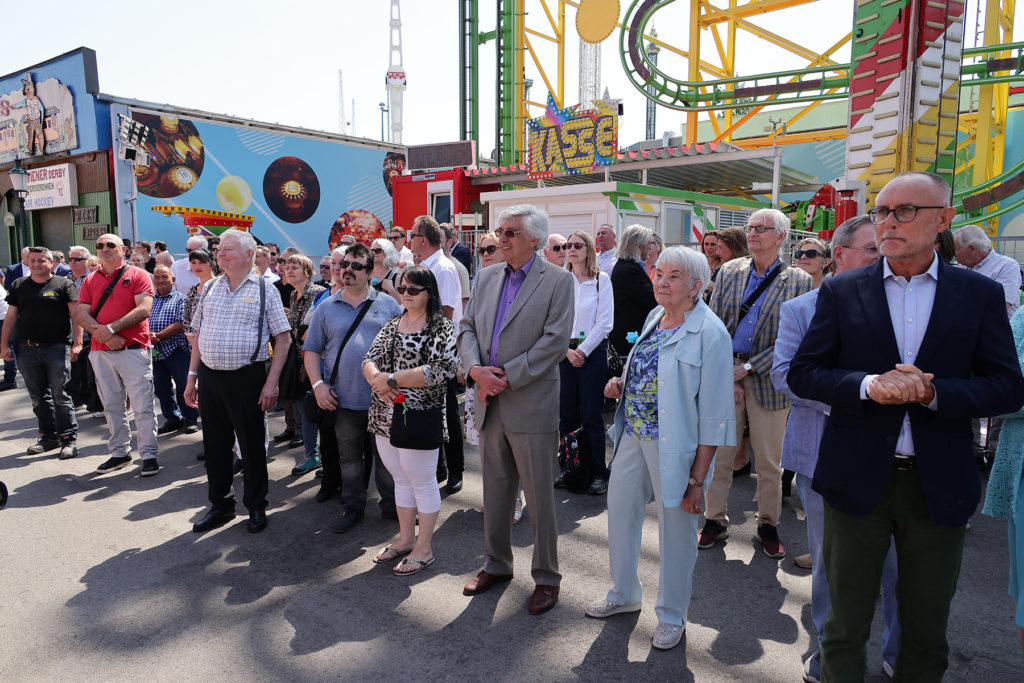
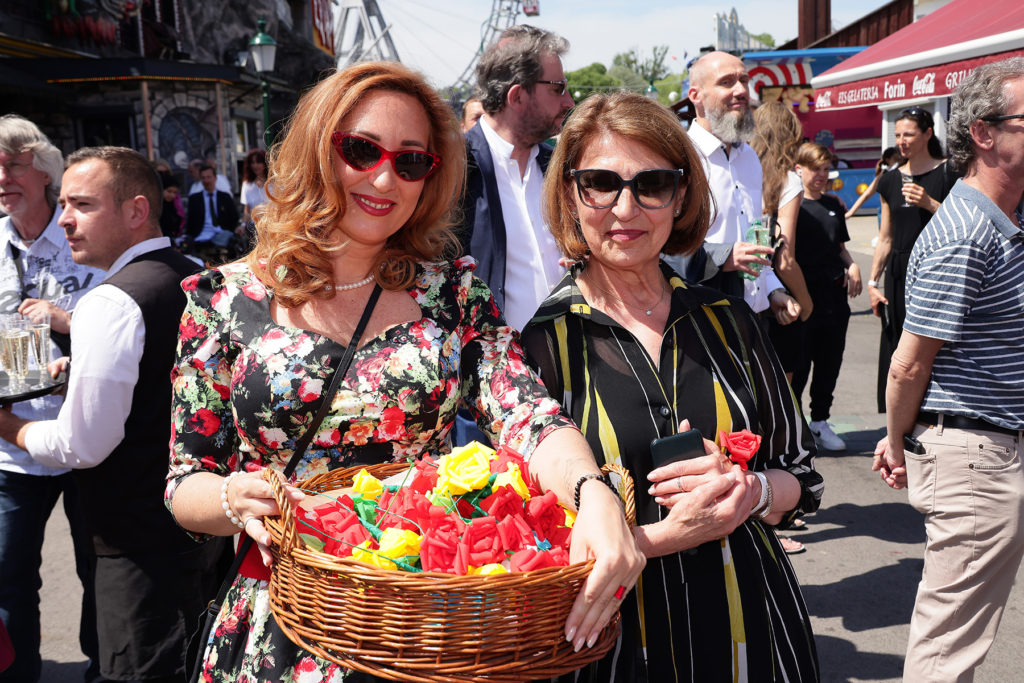
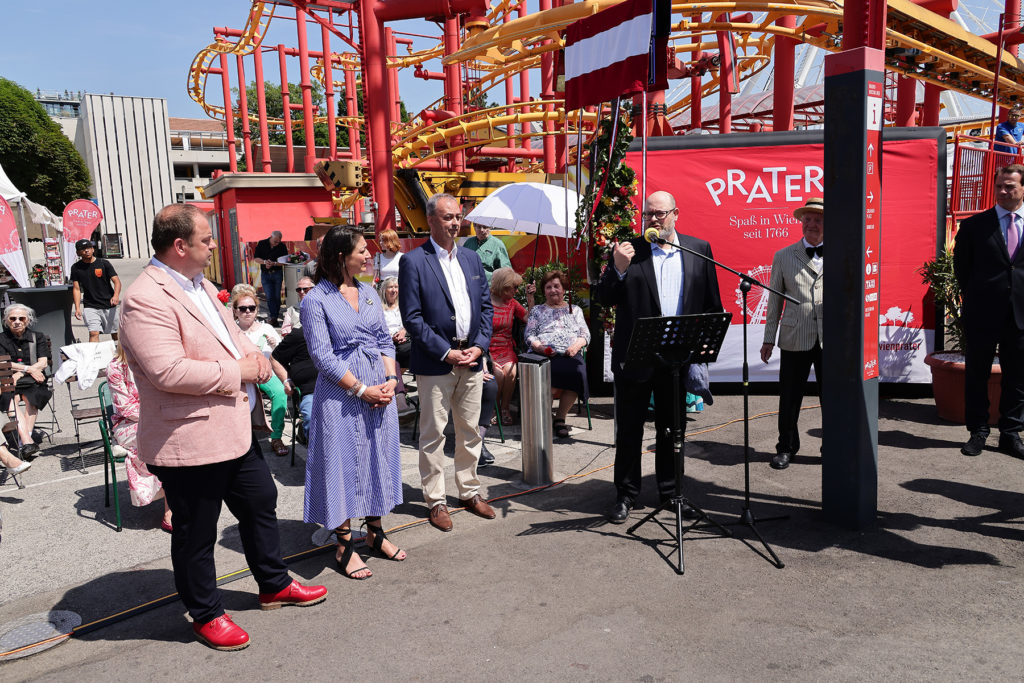

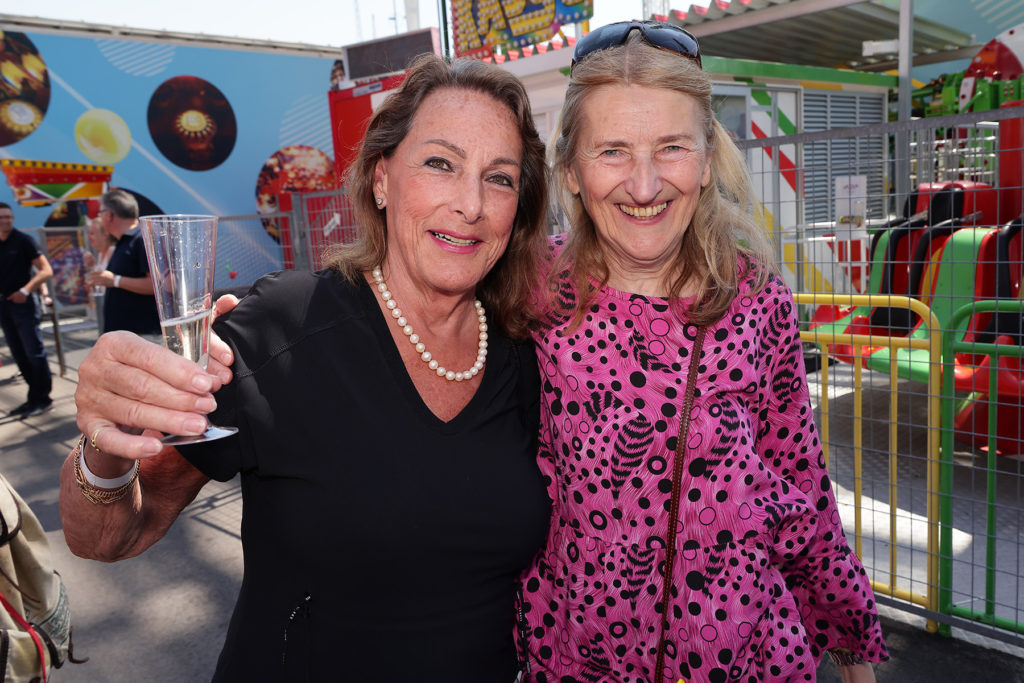
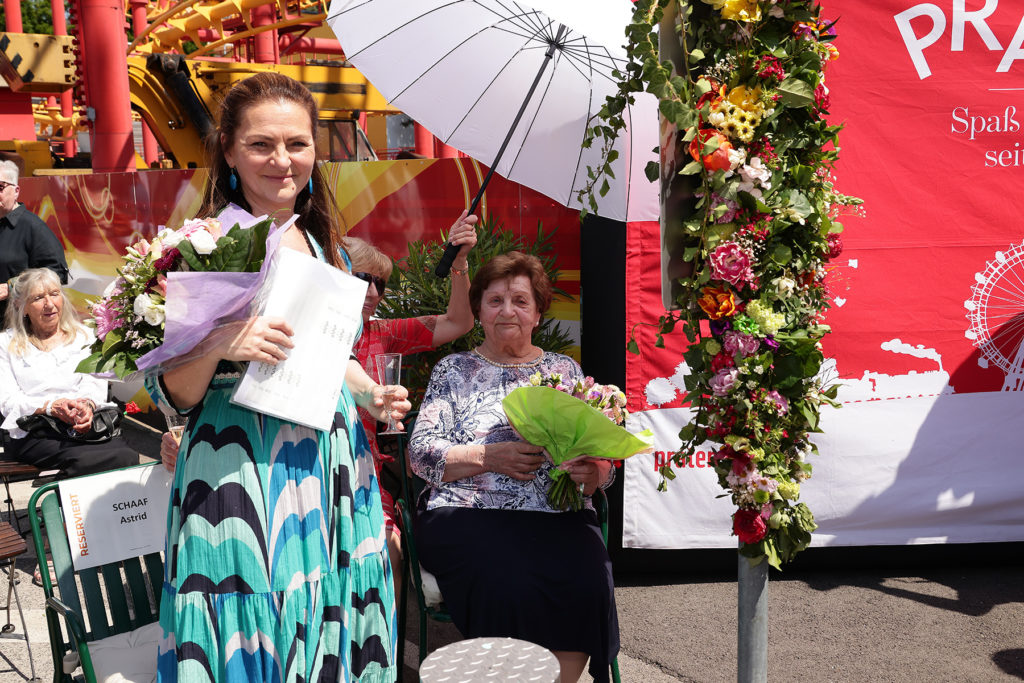
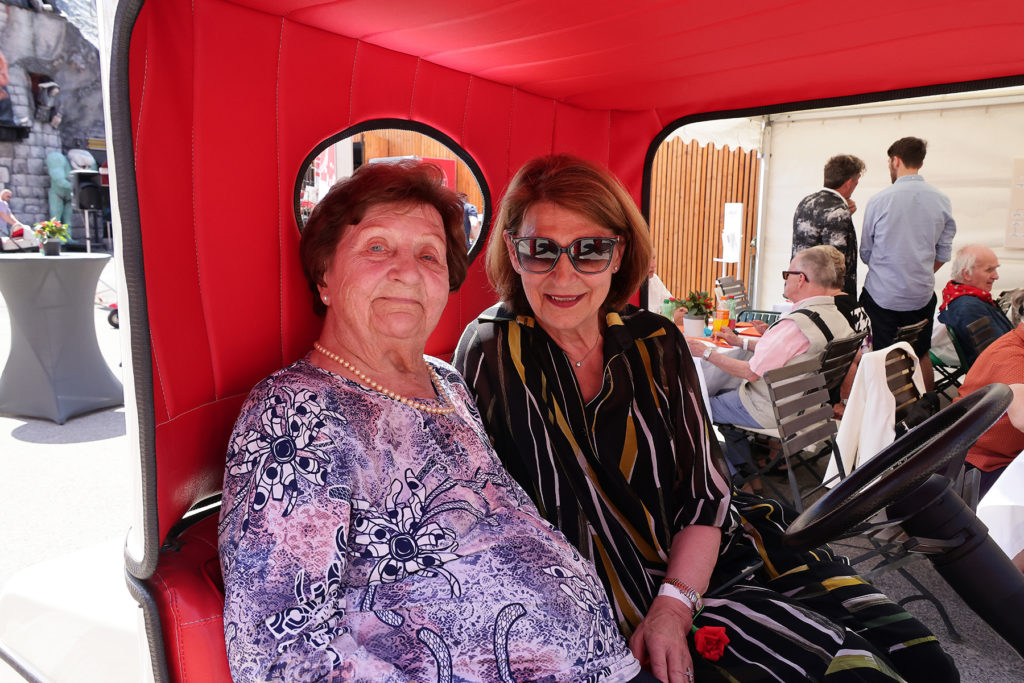
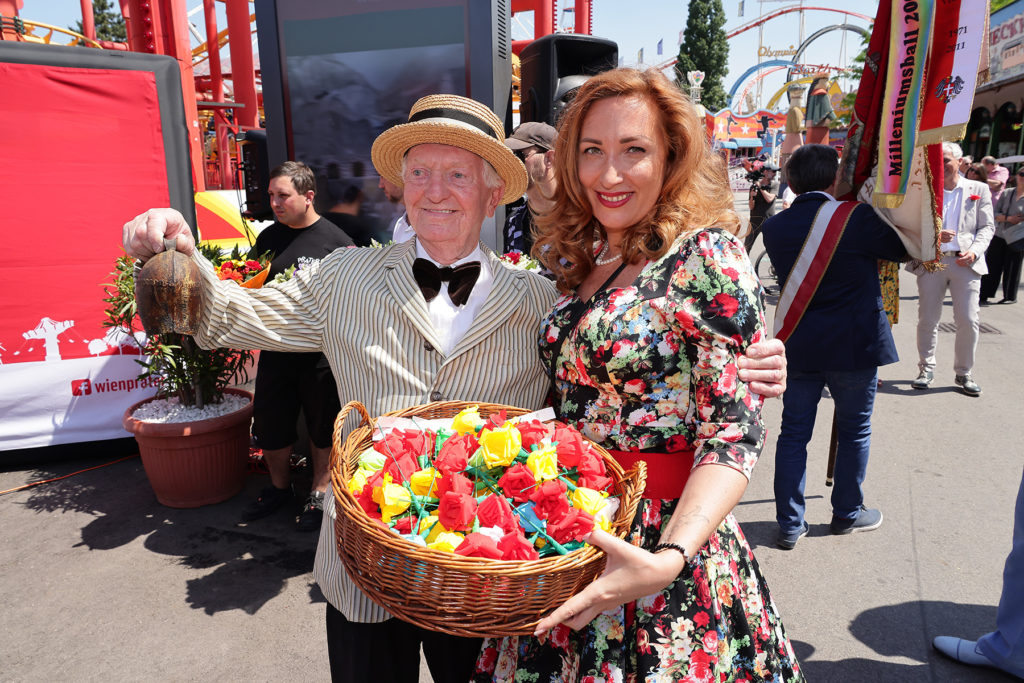
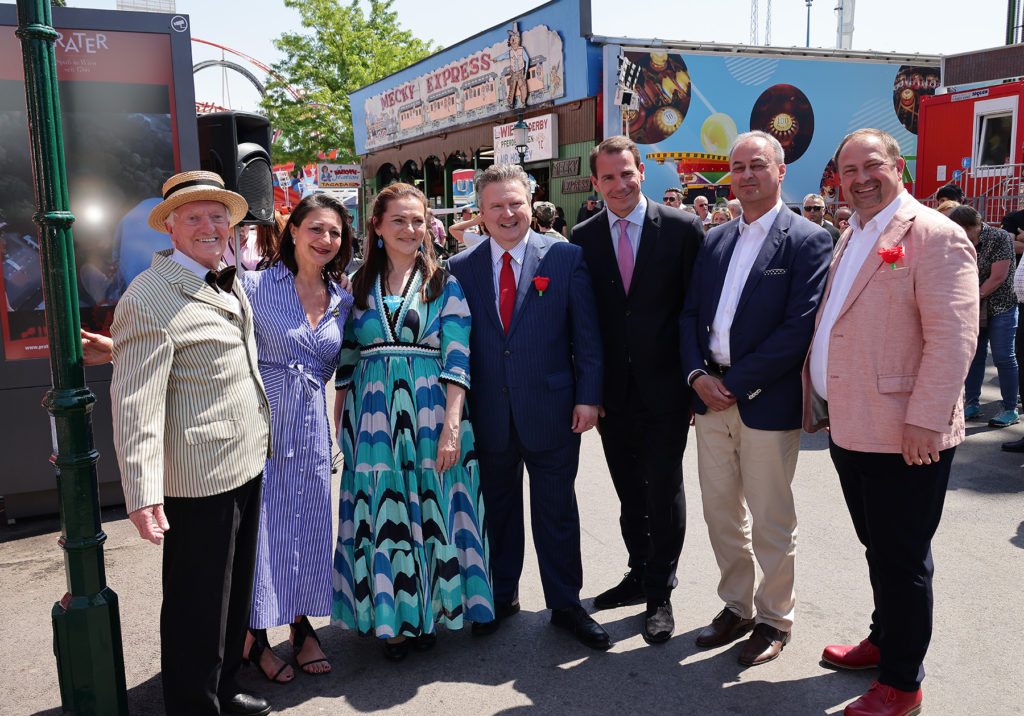
For City Councilor for Culture Kaup-Hasler, “the attractions and the hustle and bustle in the Wurstelprater [...] are and were a rich source of inspiration for art, especially for music and literature. In this way, the Prater as a magical place has inscribed itself onto the history of the city.” Among the congratulators were Georg Fraberger, psychologist and author, Wien Museum Director Matti Bunzl, District Manager Alexander Nikolai, President of the Vienna Prater Association Stefan Sittler-Koidl, Michael Prohaska and Alexander Ruthner from Prater Wien GmbH, and the Praterheinzi.
The Prater Dynasties
Silvia Lang was the driving force behind naming the two paths – she is the daughter of Liselotte Lang and the great-great-granddaughter of August Schaaf and Nikolai Kobelkoff. Since a major part of her life takes place in and around the Wurstelprater, the Prater is not only a business for her, but also family history, continuity and tradition. It is also for this reason that she started the website praterdynastien.at, which is dedicated to the history of the two large Prater families.
Below we have a brief insight into the lives of the two gentlemen and what connects them with the Wurstelprater. If you understand German and really want to delve into the stories of the Schaaf and Kobelkoff families and also have a soft spot for old plans and postcards, we definitely recommend a visit to her website! Here, for example, you can find the Kobelkoff & Schaaf family tree.
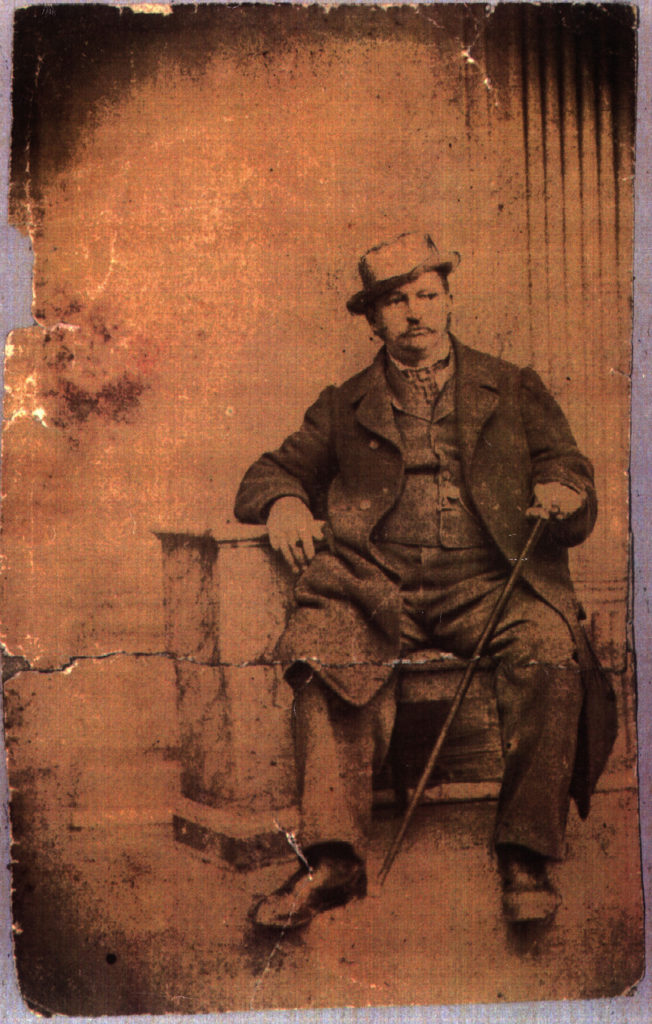
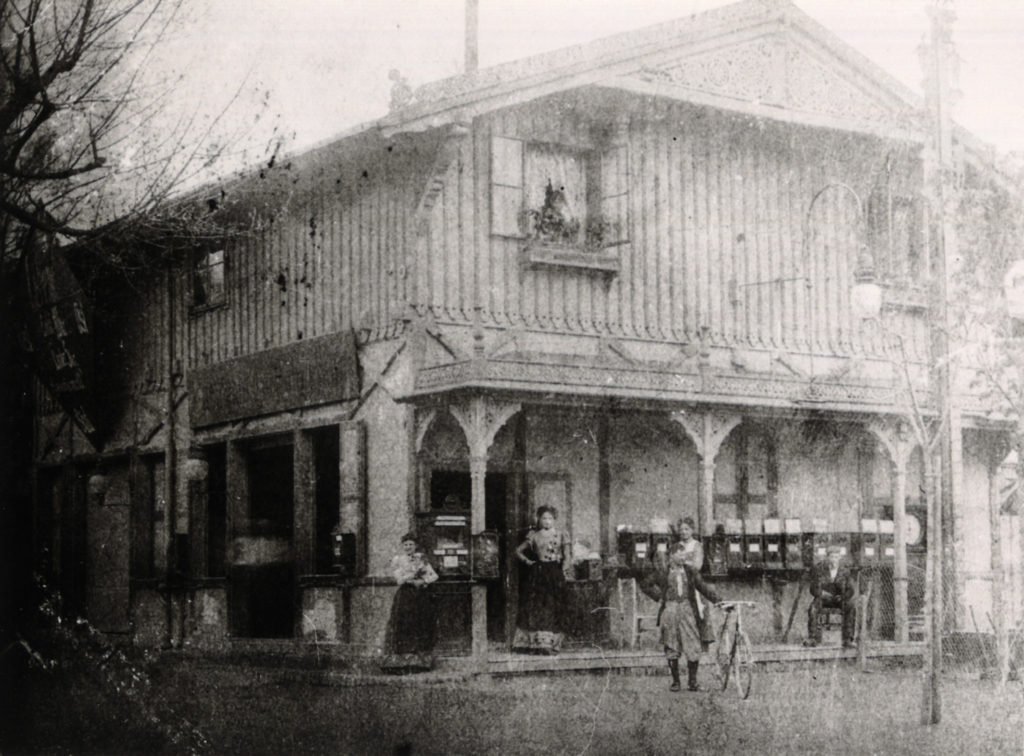
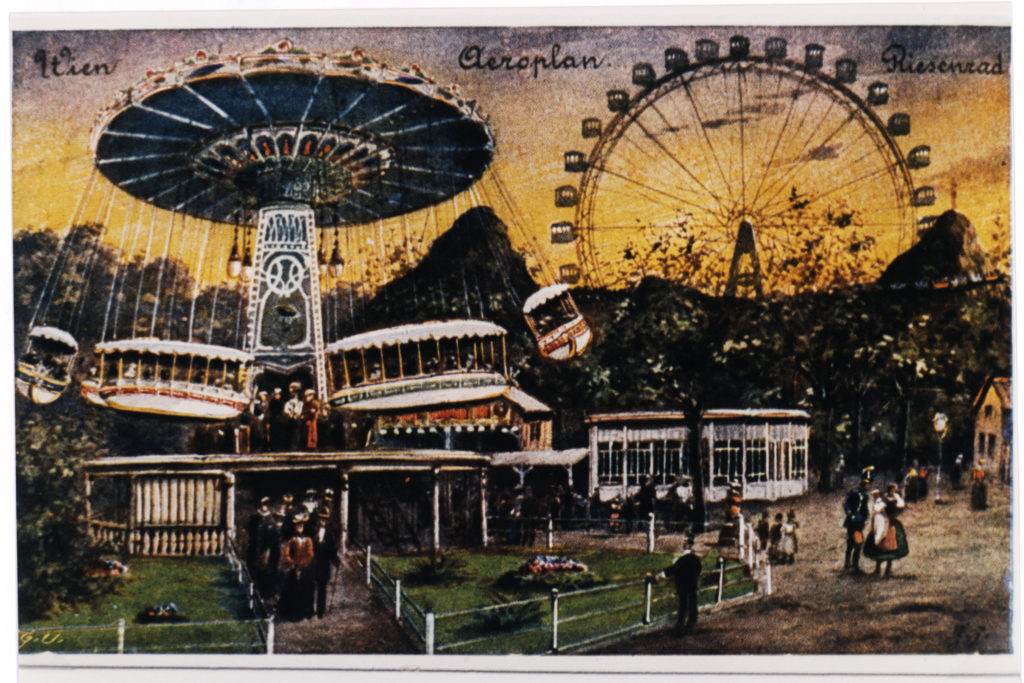
August Schaaf
Johann Friedrich August Schaaf was born in Leipzig-Reudnitz (Germany) in 1821. During his daily work in the family business – a seed nursery – August met an old man who moved from place to place with his Punch and Judy show. A friendship developed between the two very different men and for fun the young August also took on the role of the puppeteer from time to time. He received great applause for this and so August decided to become a showman. A pure Punch and Judy show quickly became a menagerie with rare animals.
After many years of traveling around, August, his first wife Hermine and their two sons Carl and Leopold settled in the Prater in 1865. A year later he acquired the Panoptikum with figures made of plaster. August was soon showing living abnormalities in his panopticon as well, including the well-known giant child Emilie Folke, the then world-famous Swedish giant Emanuel Andersen and, in 1875, a man named Nikolai Kobelkoff. This is how August became the “king of the bankers” (owners of attractions were called bankers at the time).
Over the years, the Schaafs' family business expanded to include various ball throwing games, shooting ranges and, in 1877, the first hitting machine. August died of a stroke in 1885. His son Carl Schaaf followed in his footsteps and continued to run the family business afters Augusts death.
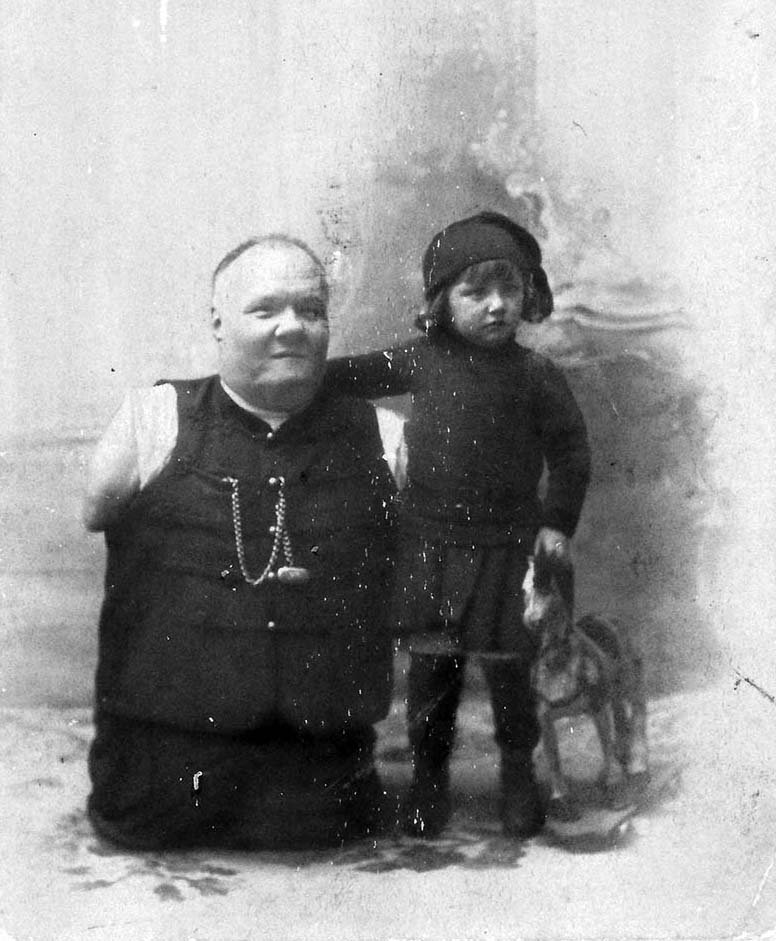
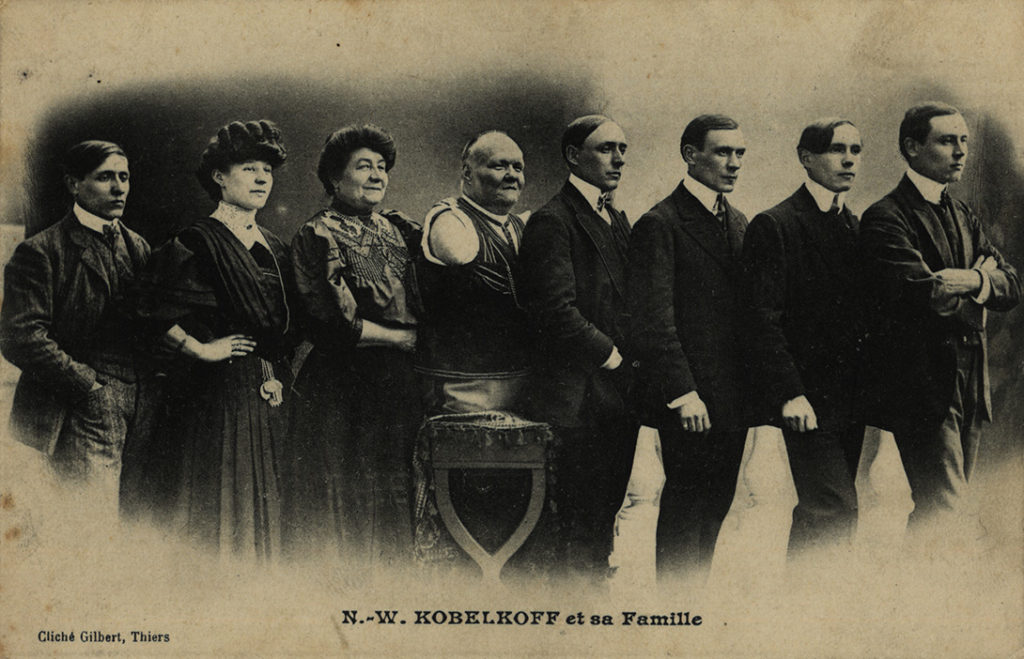
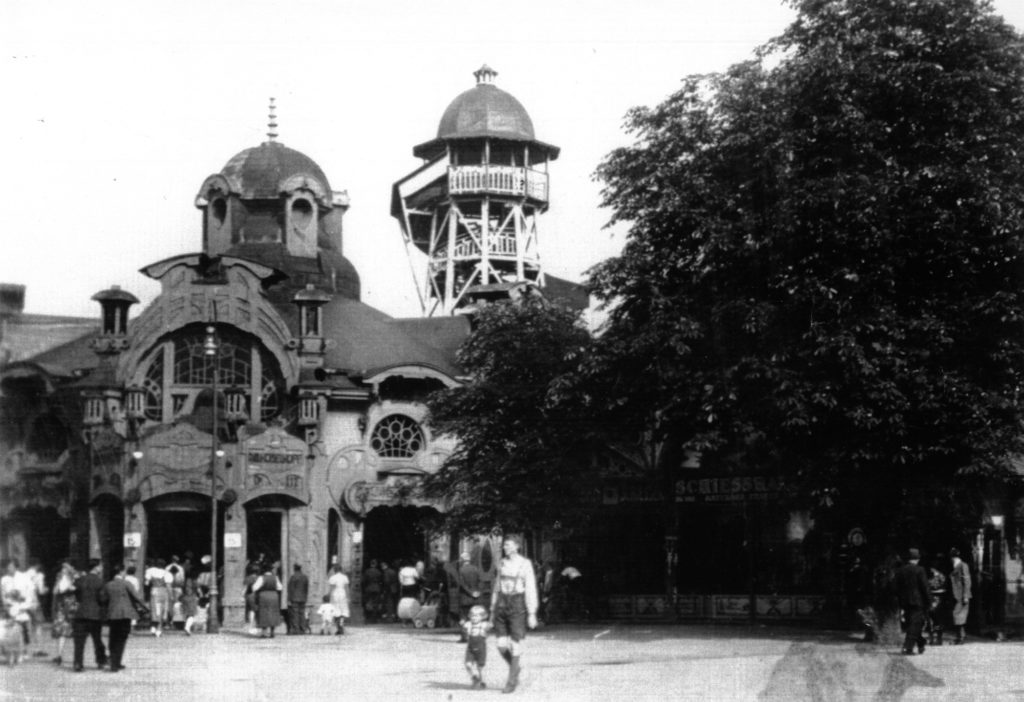
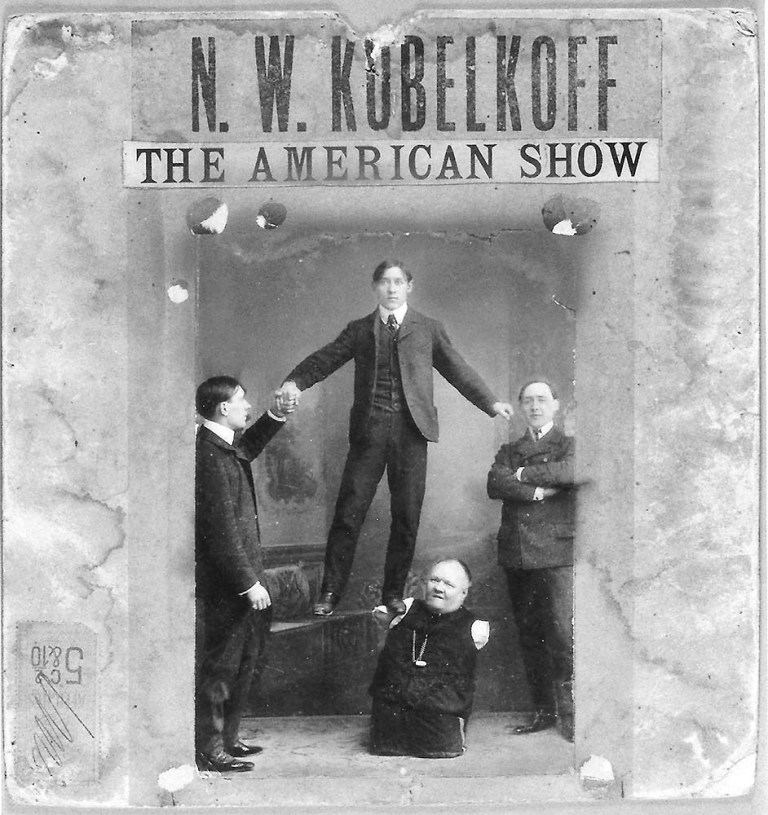
Nikolai Kobelkoff
Nikolai Wassiljewitsch Kobelkoff was born in Voznesensk (Russia) in 1851. His parents were very surprised when Nikolai was born without limbs. Although Nikolai had no legs, he surprised his family by starting to walk on his leg stumps at the age of two – and his dexterity continued to grow immensely over the following years. He learned to drink, dress and subsequently write with the help of his right arm stump. By the age of 18 he was working as a clerk at the Balbuck gold mines, doing payrolls and account books.
In 1870, Nikolai was approached at a fair by a well-known theater director who wanted to hire him for his stage. This was the starting point for Nikolai's travels across Russia and Europe, which also took him to Vienna to the Wurstelprater and August Schaaf's Panoptikum. In the Prater he fell in love with Anna Wilfert, the daughter of another famous showman family. The two married in 1876 and continued to travel across Europe.
In 1901, Nikolai bought what was then Prater 117, on which the first Toboggan and next to it the Velodrome – later replaced by the Manège Parisienne – were built. Many years later, he also acquired the property on which the carousel Zum Grossen Chineser (aka Calafati) stood. When his beloved wife Anna died in 1912, Nikolai stopped traveling and retired to his house behind the Toboggan and the Manège Parisienne.
Nikolai died of old age in the Prater in 1933. He remained active in the family business until old age. You can find out here whether and how his children continued the legacy.
Fotocredits: Hannes Hochmuth, Praterdynastien.at